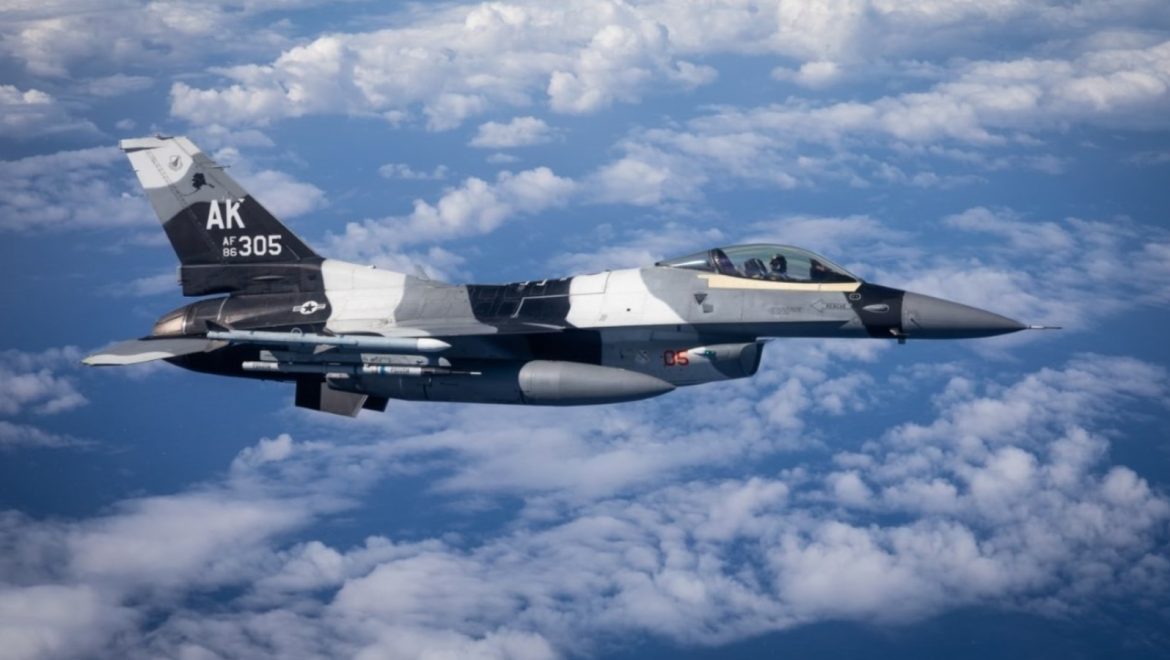The RAAF has released new photos of its aircraft training as part of Exercise Cope North last month.
The training program was significant as it marked the first time its F-35s were sent to Andersen Air Force Base in Guam, to participate in the exercise.
Other aircraft used included the E-7A Wedgetail, C-27J Spartan and KC-30A multi-role tanker transport.
Cope North was a two-week, multinational training exercise undertaken with the US Air Force and the Japan Air Self-Defense Force (Koku-Jieitai), that concluded in February.
This year, the objective was responding to a natural disaster occurring on a fictitious island in the Indo-Pacific region.
Commanding Officer of No. 77 Squadron Wing Commander Tim Ireland said, “Our goal was to deploy as a squadron-sized footprint, work hard and have fun employing our skills at a strategically important air base in our region.
“We generated trilateral sorties such that we could practise fighting courageously to protect mission-critical platforms and ensure success in the mass combat and air mobility scenarios.”
Airborne operations were conducted concurrently to humanitarian assistance and disaster relief operations on the ground, designed to exercise the full effects of air power by employing as a large force.
WGCDR Ireland said it was through a joint effort that the F-35A can lower the risk in a contested fight, through its increased survivability and lethality.
“As fighters, we can’t operate to our maximum potential without the enabling functions of combat support, air refuelling, and surveillance and control, so the large force employment exercised the interoperability of all these capabilities,” he said.
“Effective integration between Australian force elements and our regional partners through the planning, briefing, mission execution and debriefing enables victory in highly contested battlespaces.”
The complex airborne scenarios during Cope North 22 saw multiple aircraft executing defensive counter-air and offensive counter-air missions.
No. 2 Squadron Mission Commander Flight Lieutenant Brendan Campbell said the primary role of the E-7A Wedgetail was to provide battlespace management through command and control, enhancing the communication and effective integration during the exercise.
“Airborne operations involved a combination of fourth and fifth generation aircraft, so by gathering information and distributing it to the other assets, they had a better understanding of the airspace around them,” FLTLT Campbell said.
“Cope North was an important exercise for us to refine our tactics, techniques and procedures for Australian, US and Japanese capabilities, while achieving important training for our participating crews.
“It’s been a significant achievement demonstrating that although we’ve been restricted in many ways by COVID, it has not impacted our ability to force coordinate and project air power in a multinational environment.”


















Peter Hannah
says:Unfortunately, the story came up twice, but np pictures as the headline suggests.